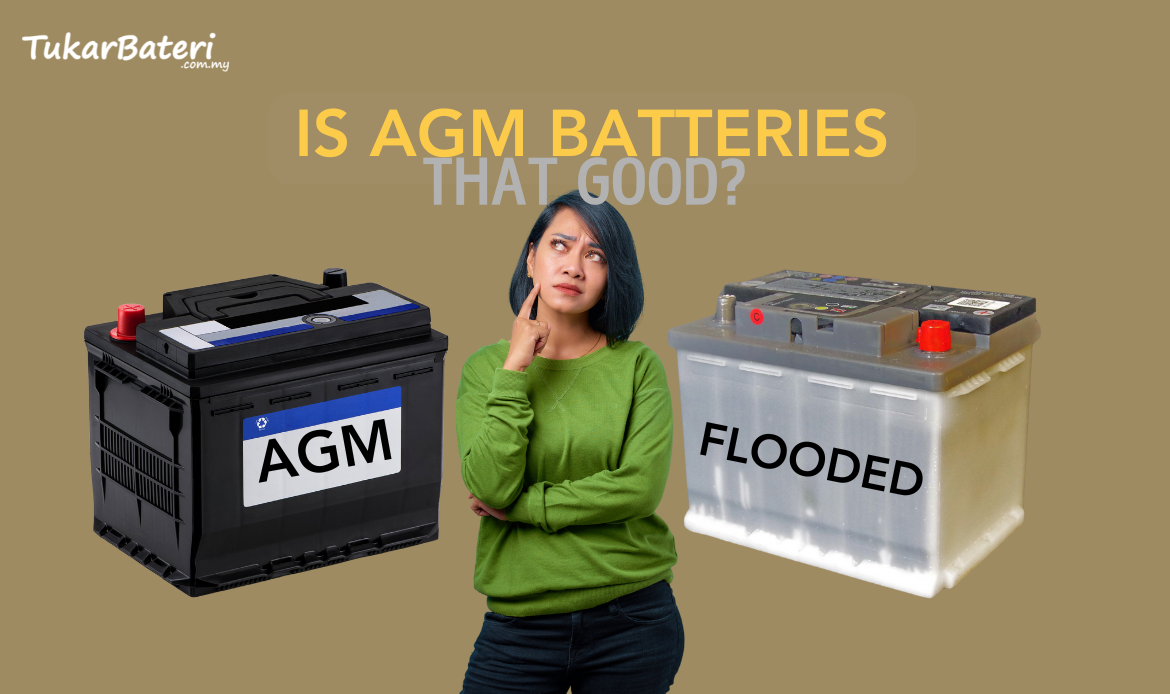What car is using AGM Batteries?
AGM batteries can be used in a wide range of cars and vehicles, including those with high electrical demands and advanced systems. However, the specific type of AGM battery required for a particular car will depend on the car’s electrical system and power requirements.
AGM batteries are often used in luxury cars, high-performance vehicles, and those with advanced audio and video systems. They are also commonly used in hybrid and electric vehicles as backup power sources for the electric motor.
When choosing an AGM battery for a car, it is important to ensure that the battery’s specifications match the car’s electrical requirements. This includes factors such as the battery’s voltage, capacity, and size, as well as the car’s alternator output and charging system.
Advantages of AGM Battery:
- Maintenance-free: AGM batteries are sealed and do not require periodic water addition or maintenance, making them hassle-free and convenient.
- Longer lifespan: AGM batteries have a longer lifespan compared to flooded batteries, making them a cost-effective choice in the long run.
- Faster charging: AGM batteries can be charged at a faster rate than flooded batteries, allowing for quicker turnaround times.
- Improved safety: AGM batteries are safer than flooded batteries as they are less likely to leak and have a lower risk of explosion or fire.
- Better performance: AGM batteries have a higher energy density and can deliver high power output, making them ideal for high-performance applications.
- Durability: AGM batteries are more resistant to shock and vibration, making them suitable for use in harsh environments or extreme weather conditions.
Overall, AGM batteries are a reliable and efficient choice for a variety of applications, including automotive, marine, renewable energy storage, and backup power systems.
How long will AGM battery last?
This is a very common topic when it comes to car batteries. People are eager to know how long the battery will last. But with an AGM battery, you really can count on it as it can last longer than other batteries.
Let’s see what you need to know what you can expect from AGM batteries!
- AGM batteries can last up to 4 years if maintained properly. It depends on how often you use them. The more you drive your car, the longer the battery will last.
- AGM batteries use a technology that can prevent a leak from developing because it uses an absorbent glass mat and it wicks battery acid to the plate, meaning the acid reservoir doesn’t spill out if the case ruptures.
- AGM batteries tend to be a lot of temperature fluctuations in a cold or even in a hot climate which merely deteriorates reduce the battery lifespan. And if you live in an area that receives a lot of rainfall, more corrosion will appear on the terminals of your battery.
AGM batteries are charger specific. This means that each type of AGM battery has its own recommended charger with sufficient voltage to charge it. Unfortunately, using the wrong charger can cause the battery to short circuit. A large AGM battery requires a large charger that matches its capacity. The capacity of these AGM batteries and chargers is usually given in amps. You can therefore determine the ideal charger for your AGM battery by simply checking the recommended amperage ratings on the battery.
For devices such as smartphones and laptops, a partial charge does not necessarily harm the batteries. This is because they use lithium batteries. AGM batteries use lead acid, which reacts differently when partially charged. All Absorbent Glass Mat batteries must be 100% charged to maintain their capacity. If you partially charge AGM batteries, they will lose their ability to charge to full capacity over time. For example, if you constantly charge your AGM battery to only 60%, eventually it will no longer be able to charge beyond 60%. This in turn shortens the life of the battery.
Lead-acid batteries can be damaged if charged at temperatures below 0° and above 40°. AGM batteries use lead acid, so do not charge them in temperatures that are too cold or too hot. Preferably charge the batteries at temperatures between 0° and 40° Celsius to prolong their service life.

